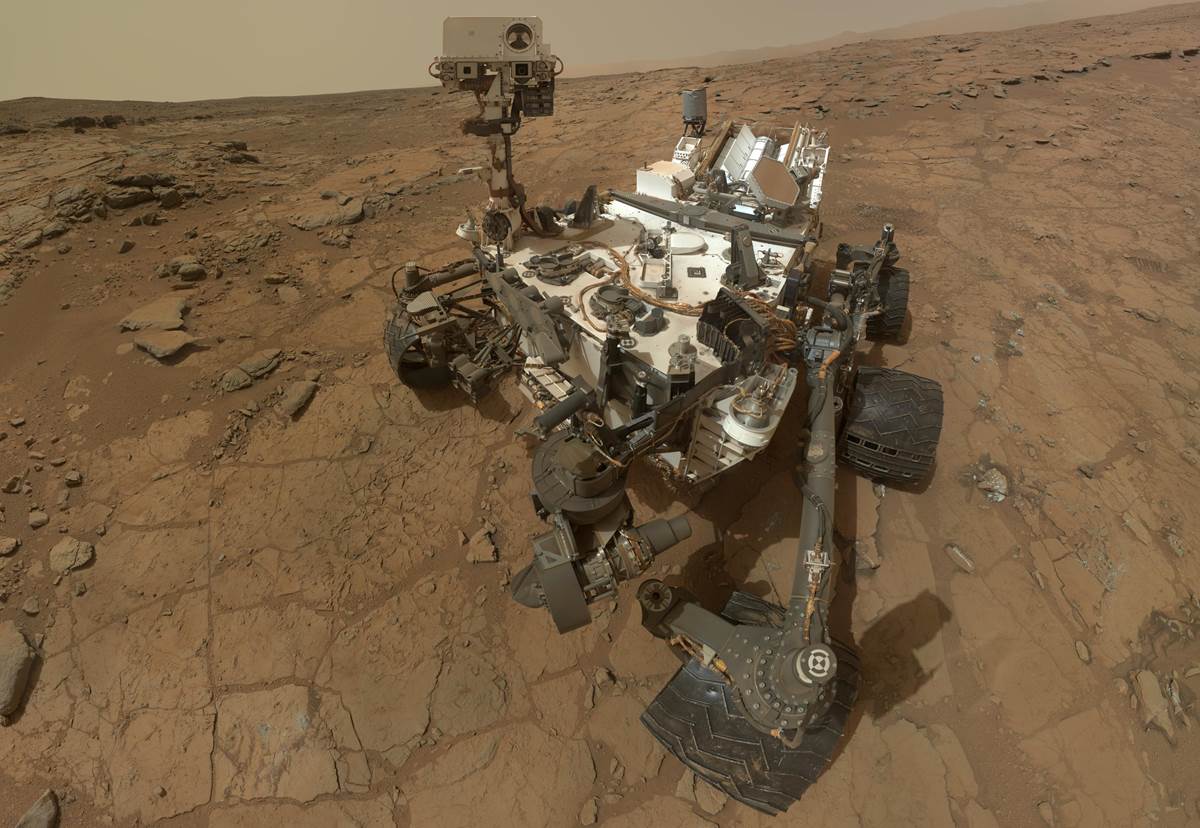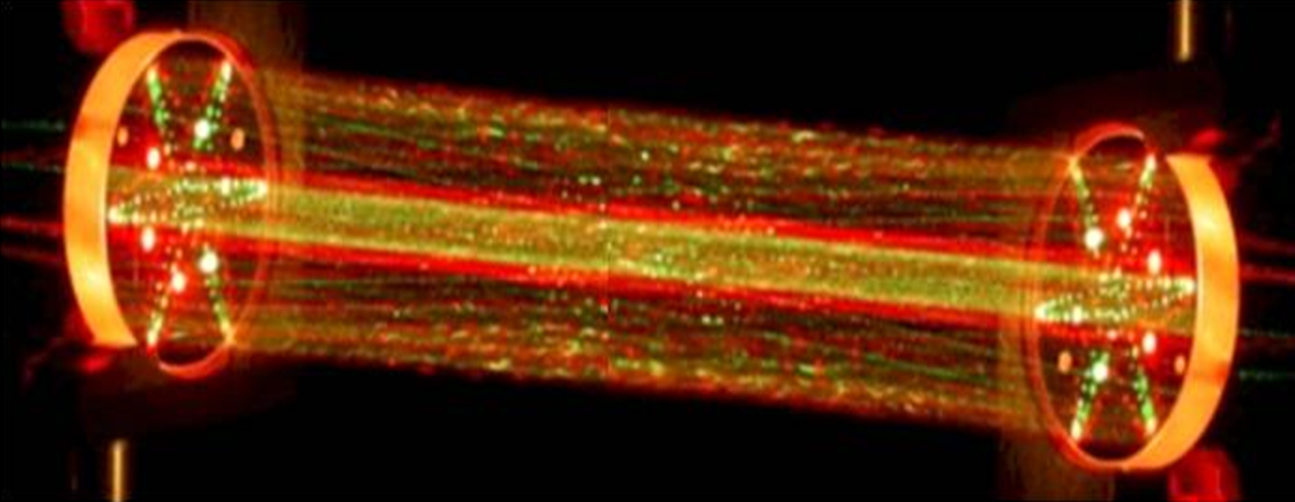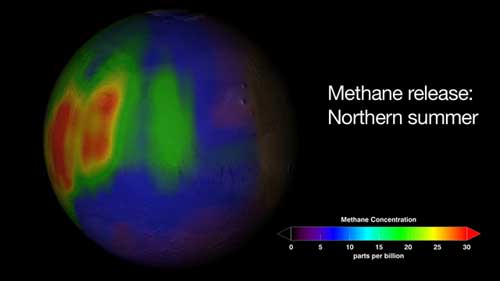
For years the planetary science community has speculated, with much optimism, that methane exists in the environment of Mars. Data from observations of the Red Planet made from Earth and from spacecraft orbiting Mars in years past suggested localized methane concentrations up to 45 parts per billion were present, fueling speculation that microbial life could be present. Yesterday, thanks to data obtained by NASA’s Curiosity rover over the last 11 months, those observations have been proven wrong—there is virtually no methane in the Martian environment, which contradicts previous observations.
Finding methane gas on the Red Planet would be an exciting sign that microbial life potentially exists somewhere, as methane gas is a product of biological processes (although life is not the only way to create methane gas). The discovery, however, does not mean that life did not exist on Mars at some point in the planet’s history, or even now, but that no methane-producing life forms are currently present. It’s also important to note that although methane, as we know it, is usually produced by life, not all life on Earth produces it. If methane-producing microbial life were on Mars, traces of methane would have been found by Curiosity.
“This important result will help direct our efforts to examine the possibility of life on Mars,” said Michael Meyer, NASA’s lead scientist for Mars exploration. “It reduces the probability of current methane-producing Martian microbes, but this addresses only one type of microbial metabolism. As we know, there are many types of terrestrial microbes that don’t generate methane.”

Using its Tunable Laser Spectrometer (part of the rover’s Sample Analysis at Mars (SAM) laboratory), Curiosity analyzed the martian atmosphere six times from Martian spring through late summer (October 2012 – June 2013 according to Earth’s calendar). Given the sensitivity of the spectrometer and the time frame with which it searched for traces of methane and found none, it is safe to conclude that the most abundant hydrocarbon in our Solar System is nearly non-existent on the Red Planet.
“It would have been exciting to find methane, but we have high confidence in our measurements, and the progress in expanding knowledge is what’s really important,” said the report’s lead author, Chris Webster of NASA’s Jet Propulsion Laboratory in Pasadena, Calif. “We measured repeatedly from Martian spring to late summer, but with no detection of methane.”
Even if methane dispersed globally across Mars, the measurements made by Curiosity on the surface over the last year are not consistent with data from observations made from Earth and spacecraft in orbit around the Red Planet. The highest concentration of methane that could be present without being detected by Curiosity is no more than 10-20 tons per year entering the atmosphere—which is about 50 million times less than the rate of methane entering Earth’s atmosphere.

“There’s no known way for methane to disappear quickly from the atmosphere,” said one of the paper’s co-authors, Sushil Atreya of the University of Michigan. “Methane is persistent. It would last for hundreds of years in the Martian atmosphere. Without a way to take it out of the atmosphere quicker, our measurements indicate there cannot be much methane being put into the atmosphere by any mechanism, whether biology, geology, or by ultraviolet degradation of organics delivered by the fall of meteorites or interplanetary dust particles.”
Life on Earth can thrive in the most extreme circumstances—underneath glaciers, around the geothermal deep-ocean vents, even in toxic Mono Lake where NASA discovered bacteria that thrives off arsenic. Curiosity has proven Mars was definitely a habitable world in its ancient history—both clays and sulfate minerals were discovered in a sample of powdered rock drilled out of a boulder in Yellowknife Bay last spring. Signs of water, dry river channels, and dry lake beds are everywhere, and the clays and sulfate minerals discovered can only form in water that is low in potentially life-killing acids. Mars was once a wetter, warmer, Earth-like world a few billion years ago, but whether or not life did in fact exist there is a question that will have to wait for a future mission to answer.
Curiosity touched down at Mars’ Gale Crater in August 2012. This was the culmination of a journey lasting approximately 9 months. The one-ton rover launched from Cape Canaveral Air Force Station’s Space Launch Complex 41 in Florida atop a United Launch Alliance Atlas V 551 rocket in November 2011. After completing the transit phase from the Earth to Mars, the rover employed a unique method of landing on the surface of Mars—a “James Bond”-esque jetpack dubbed the Sky Crane. Since arriving on the Red Planet’s dusty fields, the six-wheeled robot has been busy trying to answer whether or not Mars could have supported life at some point in its ancient past, which will help direct a future mission to carry on where Curiosity leaves off.
Want to keep up-to-date with all things space? Be sure to “Like” AmericaSpace on Facebook and follow us on Twitter: @AmericaSpace



